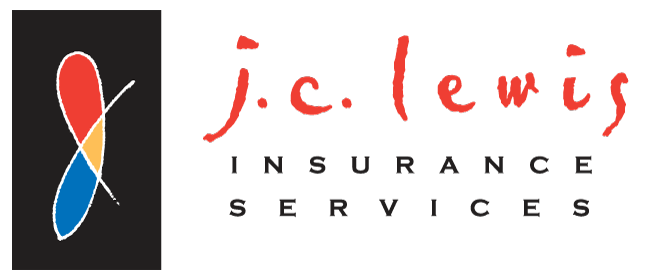
It probably goes without saying that offering healthcare coverage to employees is a risky venture. With the uncertainty of the healthcare insurance industry, rising costs for both employers and employees, and an increasingly aging and – in many cases – unhealthy workforce, healthcare isn’t the same perk it once was.
The Challenge of Employer-Provided Healthcare Coverage
Long ago, enlightened employers began offering health insurance coverage as a way to attract higher-quality, talented employees. And, for a long while, this worked well as an attractive perk. Until recently, however, many workers in America began to view employer-provided healthcare coverage as an entitlement.
That all changed with the passing of the Affordable Care Act in March 2010. For a variety of debated and contentious reasons, the price of premiums soon soared, and healthcare was not looking quite that affordable to anyone anymore. As a result, many smaller businesses felt they had to stop offering healthcare benefits due to the crippling costs.
Yet almost 75 percent of employees in the U.S. still indicate that they will likely choose a job because of the employee benefits offered. Which means that employers are still bound to compete in the job market as best they can and that requires offering great benefits.
Managing Risk With Employer Insurance
It would appear by some statistics that we are not a healthy nation. And this reality impacts the costs of healthcare and insurance coverage.
For example, according to a recent article at Paladinahealth.com,
“Chronic health conditions are pervasive and increasing. Consider that:
- More than 75 percent of healthcare costs are due to chronic conditions.
- 35 percent of U.S. adults are pre-diabetic.
- 49 percent of the population is at risk of heart disease.
The issue is even bigger than what the diagnoses show: The CDC found that more than 15 percent of U.S. adults have one or more of the following conditions but are undiagnosed:
- Hypertension
- High cholesterol
- Diabetes
Between the at-risk and undiagnosed populations, many people on employer health plans aren’t being treated for chronic disease.”
The same article goes on to note that 75 percent of healthcare costs are due to chronic conditions and that $1.95 trillion was spent on healthcare in 2010.
And the workforce is getting older.
In fact, according to the U.S. Bureau of Labor Statistics (BLS),
“[A]bout 40 percent of people ages 55 and older were working or actively looking for work in 2014. That number, known as a labor force participation rate, is expected to increase fastest for the oldest segments of the population—most notably, people ages 65 to 74 and 75 and older—through 2024. In contrast, participation rates for most other age groups in the labor force aren’t projected to change much over the 2014–24 decade.
And, although they make up a smaller number of workers overall, the 65- to 74-year-old and 75-and-older age groups are projected to have faster rates of labor force growth annually than any other age groups.”
While the Baby Boomers are no longer the largest age group in the American workforce – that would be the Millennials now – unlike the younger generation, working Baby Boomers are responsible for the largest medical costs in the workforce.
The Pew Research Center found that more than one-in-three American labor force participants (35%) are Millennials, making them the largest generation in the U.S. labor force, according to a Pew Research Center analysis of U.S. Census Bureau data.
What this means for employers is that insurers are viewing coverage issued as still a higher risk proposition than it would be if the bulk of the workforce was young, healthy and unlikely to make claims.
With a traditional health insurance plan, employers pay premiums to an insurer that are based on the company’s projected claims and transfer the risk to the insurer.
Options for Employers Offering Health Insurance Plans
One approach that most smaller employers have taken is to either offer higher deductible plans or reduce the amount of their employer contribution. Either way, you employees end up with higher overall healthcare coverage costs.
You could try to work with your broker to negotiate lower premium cost. Depending on the size of your business, you and your broker may have some leverage with the insurance company. Unfortunately, smaller businesses will have less bargaining leverage and be less likely to negotiate a decrease.
Another option, according to a post at Gravie.com, is self-funding.
“In a self-funded plan, employers create their own plans based on their specific needs. This allows employers to choose the coverage they and their employees want and need (and not pay for features they don’t).
When a claim is filed, employers with a self-funded plan pay claims with plan assets. To limit their risk and protect themselves from above-average claims, companies can buy stop-loss coverage that reimburses claims beyond a predetermined limit.
The risk of a self-funded plan is that claims could be higher than expected. In this case the stop-loss coverage will pay those excess claims, and the cost of coverage will likely then increase. Another disadvantage of a self-funded plan is the administrative time and effort required to manage it.”
And, finally, having a trusted broker can be a hugely valuable asset in managing your employer risk when it comes to choosing a healthcare insurance plan offering for your employees. At J.C. Lewis Insurance Services we strive to serve you with our product knowledge, competency, and to answer all your questions and concerns. Contact us today!
